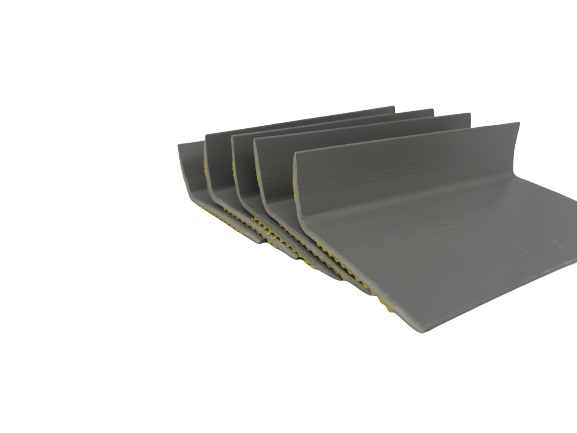Oct . 07, 2024 05:51 Back to list
door threshold weather seal
Understanding Door Threshold Weather Seals Importance, Types, and Installation
Door threshold weather seals are essential components for maintaining energy efficiency and comfort within our homes and buildings. These seals play a critical role in protecting against external elements, such as wind, rain, and temperature fluctuations. By providing an effective barrier at the point where the door meets the floor, they help to minimize air leaks, water intrusion, and even pests from entering the living space. In this article, we will explore the importance of door threshold weather seals, the different types available, and how to install them for maximum efficiency.
Importance of Door Threshold Weather Seals
1. Energy Efficiency One of the primary reasons for installing weather seals is to enhance the energy efficiency of a building. Properly sealed doors prevent conditioned air from escaping and unconditioned air from entering, which can lead to increased heating and cooling costs. According to the U.S. Department of Energy, air leaks can account for a significant percentage of a home’s energy loss.
2. Comfort A well-sealed door provides a more comfortable indoor environment by maintaining consistent temperatures. Drafts can make living spaces uncomfortable, especially during extreme weather conditions. Weather seals ensure that your home remains cozy regardless of seasonal changes.
3. Moisture Protection Water intrusion can lead to serious problems, including mold growth, structural damage, and increased pest activity. A weather seal effectively keeps rainwater and snow from seeping in under the door, protecting both the interior and exterior of the building.
4. Noise Reduction In addition to keeping the elements out, weather seals also provide a buffer against external noise. If you live in a busy area, having a properly sealed door can help to minimize unwanted sound intrusion, creating a more peaceful living environment.
Types of Door Threshold Weather Seals
There are several types of door threshold weather seals, each designed for specific applications
1. Rubber Seals These are the most common type of door weather seals. Made from durable rubber, they conform well to various surfaces, providing an excellent seal against air and water. Rubber seals are flexible and can accommodate slight variations in floor height.
2. Vinyl Seals Vinyl is another popular material for weather seals. It is resistant to water and can perform well in a range of temperatures. Vinyl seals are often used for exterior doors due to their durability and ability to withstand harsh weather conditions.
door threshold weather seal

3. Aluminum Thresholds with Seals For added strength and durability, aluminum thresholds with integrated seals can provide excellent protection. These thresholds are often installed at exterior doors and feature a design that directs water away from the door opening.
4. Adjustable Seals Some weather seals are designed to be adjustable, allowing homeowners to customize the seal based on the specific height of their door. This flexibility can be particularly useful for floors that may settle over time.
Installing Door Threshold Weather Seals
Installing door threshold weather seals is a straightforward process that can enhance your home’s energy efficiency. Here’s a step-by-step guide
1. Measure the Door Start by measuring the width of your door to determine the length of the weather seal needed. Be sure to account for any slopes or irregularities in the floor.
2. Select the Appropriate Seal Choose a weather seal that suits your door type and specific requirements. Consider factors such as material, height, and adjustability.
3. Clean the Area Before installation, clean the area where the seal will be placed. Remove any debris, old seal material, and ensure the surface is dry.
4. Cut to Fit If necessary, cut the weather seal to the appropriate length using a utility knife or scissors.
5. Attach the Seal Follow the manufacturer’s instructions to attach the weather seal. Some seals come with adhesive backing, while others may require screws or nails for secure installation.
6. Test the Seal After installation, test the door to ensure it closes properly and there are no gaps. A good seal should prevent drafts and water from entering.
In conclusion, door threshold weather seals are a vital investment in maintaining a comfortable, energy-efficient home. By understanding their importance, the various types available, and how to install them, homeowners can effectively protect their living spaces from the elements and create a more enjoyable environment. Whether you are retrofitting existing doors or installing new ones, don't underestimate the value of a quality weather seal.




